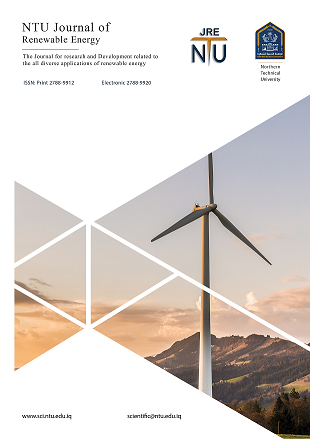A Review of Single Phase Transformer-less Inverter Topologies for Grid-tied Photovoltaic System andControl Strategy Methods
DOI:
https://doi.org/10.56286/m55ayy76Keywords:
InverterAbstract
Grid-tied inverters are crucial in distributed generation systems, serving as an interface between renewable energy sources and utility. Transformer-less inverters are increasingly popular due to their higher efficiency, lower cost, and smaller size. The inverter's current control quality impacts the power quality and converter system performance. Inverter connections must meet the following requirements: maximum power point, high efficiency, control power fed into the grid, and low overall harmonic distortion of the grid currents. As a result, the performance of grid-connected inverters is heavily influenced by the control method described in the first section. In distributed power generation (DG) systems, inverters serve several important purposes. These include converting direct current (dc) to alternating current (ac), ensuring the quality of the output power, implementing different protective measures, and controlling the system. The classification of different types of inverters and their topologies is thoroughly studied, defined, and shown in a graphical fashion. A succinct overview of the control techniques for single-phase inverters has also been provided. Furthermore, a range of controllers are utilized for grid-tied inverters.








